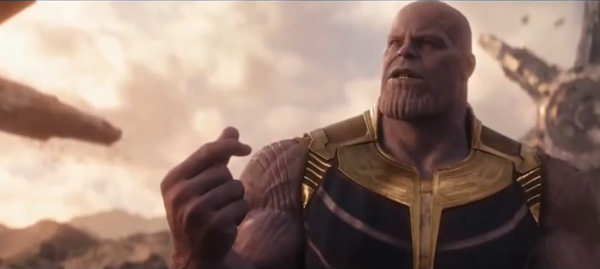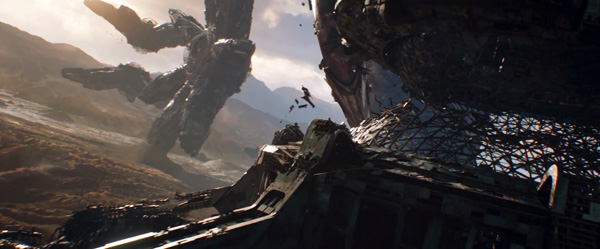Weta Digital's VFX Supervisor Matt Aitken presents his insights into the new techniques his team used in 'Avengers: Infinity War', including animation for Thanos and bespoke FX for Titan.
Weta Digital's Matt Aitken Battles for Planet Titan at AEAF

At AEAF's Speaker Program, Weta Digital's Visual Effects Supervisor Matt Aitken will present his experience and insights into the wide variety of VFX techniques and innovations his team used on their shots for 'Avengers: Infinity War'. His talk happens on 30 August at 4.30pm. Weta Digital created the entire Titan battle in the third act - an incredibly VFX heavy sequence that required extensive FX simulation techniques. Book your spot at the talk here.
The full cast of Avengers super heroes are present, flexing their individual powers. Matt will reveal how Weta created a compelling performance for the powerful villain Thanos, bringing the actor's live action performance to the animated character to an incredible degree. Weta upgraded their facial animation technique in order to translate the live performance accurately, making a model for both the actor and Thanos for a more direct translation than has been possible before. By analysing their facial and physiological traits, they precisely calibrated the two models so that every move matches and can be finely controlled.

Weta Digital built Planet Titan from the ground up, covering every inch from the moment the Q-Ship touches down on the wasted ground, to the heroes' departure as Thanos carries out his grim plans to rebuild the universe. Reference photographs taken of the Atacama Desert in Chile served as the basis for Titan, and further reference came from present day footage of archaeological sites in Greece and Mexico's Mayan peninsula.
Meanwhile, the Avengers crew throw everything they have at Thanos. Weta built a new nanotechnology suit for Iron Man with an underlying framework in waves of particles, and a new suit for Spider-Man with mechanical spider legs. The team supported their spirited defence with bespoke FX techniques. These include warping gravity and breaking a moon, which dramatically changes the clear sky atmosphere to a dustier, overcast environment. www.wetafx.co.nz


